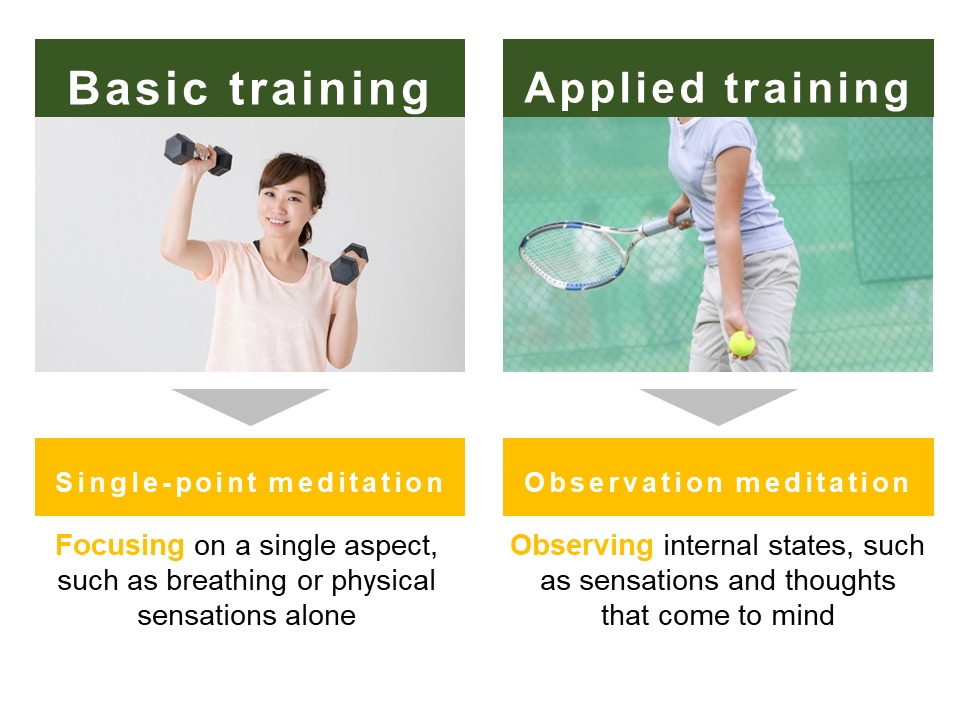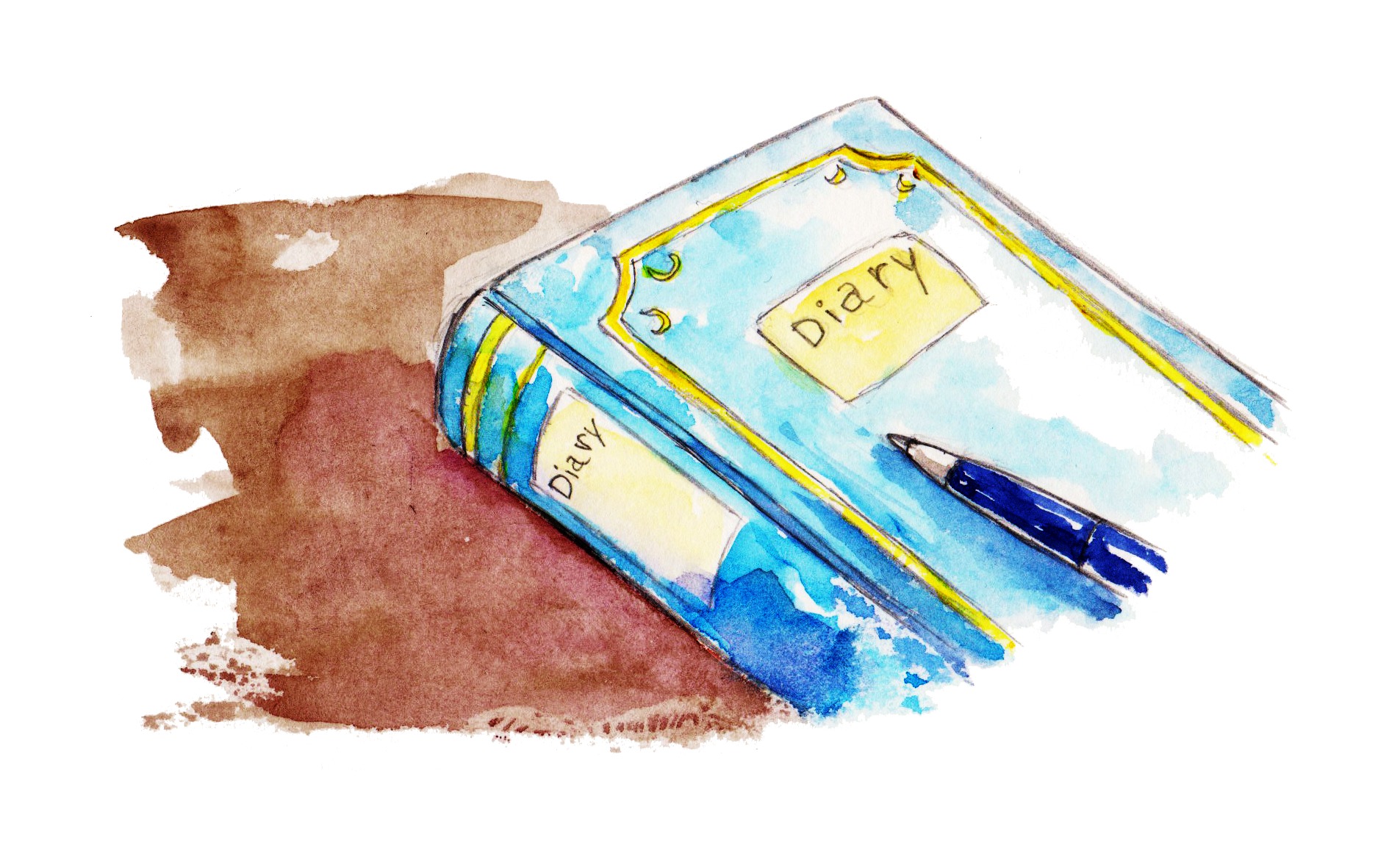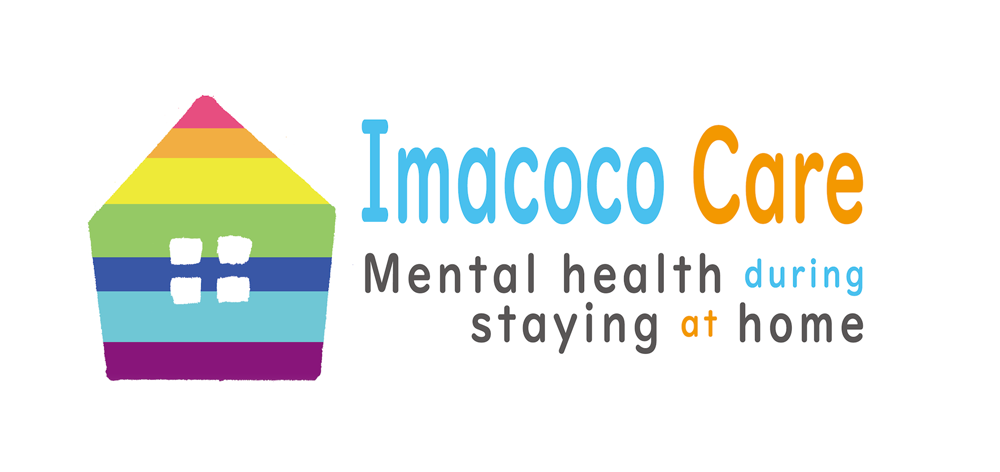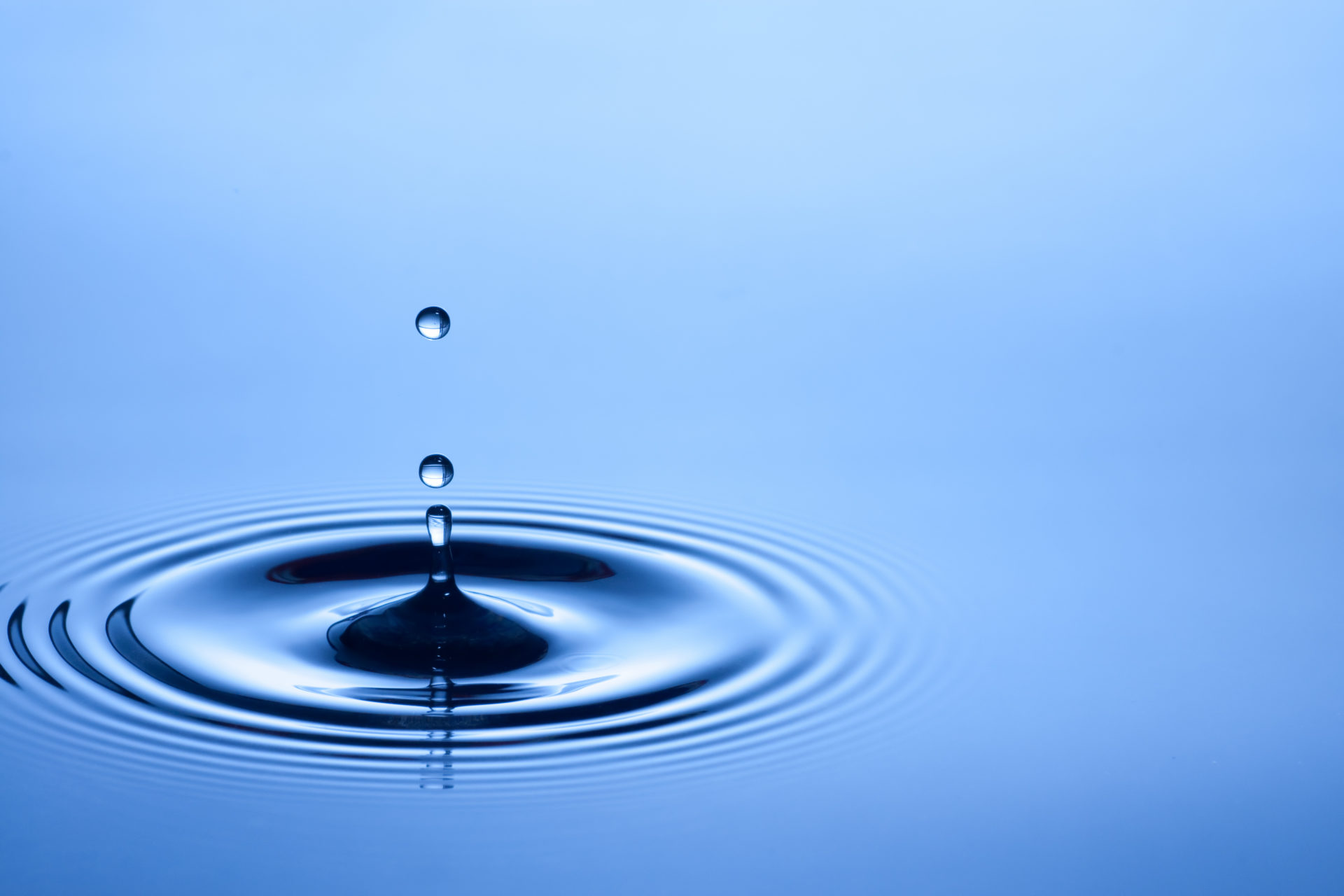In “Introduction to Mindfulness”, we talked about the basics of mindfulness, and in “Connecting the Body and Feelings”, we introduced an exercise that focuses on the sensations in the body.
During this post, I’m going to introduce you to the applied version of Mindfulness.
Fundamentals and Applications of Mindfulness
There are two types of Mindfulness practice: basic and applied (Figure).

The basic version is a single-point Mindfulness work.
As I’ve introduced in the two articles above, it’s an exercise that focuses on a single object, such as concentrating on the breath or on physical sensations alone.
It’s difficult to acquire a Mindful experience right away, so it’s easier to focus on just the breath and the physical sensations and begin simply.
Breathing, in particular, is an activity that we can do without interruption. It also naturally draws our attention to the here and now, which is why I recommend it as the first exercise.
However, our goal is to be able to be mindful in our daily life, so I’d like to introduce some applied work.
In tennis, for example, it is like starting with basic training, such as strength training, and then having a practice match before going out for hands-on training.
Applied: Observation Meditation – Self-Narration
One form of Observational Meditation, I am going to introduce is called Self-Narration.
We usually think and feel a lot of things throughout the day.
Self-Narration is a method of narrating one’s state internally, much like a live radio announcer. During this practice one is paying attention to the five things: thoughts, feelings, physical sensations, behavioral tendencies, and memories that come to the surface.
Specifically, you will narrate the following for the five types:
Thoughts (the thoughts that come to mind, which can be described in sentences)
→ “I am thinking of ~”, “I have an idea of ~
Example: “I’m thinking ‘I have too much to do and I’m stuck.” or
“I have this idea of ‘I’m tired, I want to get some rest early.”
Emotions (sadness, depression, anxiety, anger, frustration, gladness, joy, etc., which can be described in one word)
→”I have feelings/feel like~”
Example: “I have a worried feeling.
“I’m feeling resentment.”
Physical sensations (pain, itchiness, heaviness, warmth or coldness)
→”I have a feeling that I’m in the right place.”
Example: “I have a painful sensation in my foot.”
“I have a cold sensation in my hands.”
Behavioral tendencies (I want to act like this!).
→ “I have a behavioral tendency to want to do ~”
Example: “I have a behavioral tendency to want to get up and walk around.”
“I have a behavioral tendency to want to eat candy.”
Memories (I mean memories of the past, not just sentences, but also images that come to mind)
→”I have a memory of ~ in my head.”
Example: “I have a memory of a family meal I had in elementary school.”
“I have a picture in my mind of what happened at the meeting last week.”
Let’s take about 10 minutes to do a ‘live broadcast’ of your current state.
Whatever thoughts and feelings come to mind, please don’t evaluate them as good or bad, just narrate them as they are and observe them.
At first, you may find it difficult, or it may be hard to concentrate, but you will get used to it little by little as you try a few times.
Reflections

How did you feel? In addition to the observational meditation work described, I also recommend writing a journal to reflect on your day from five perspectives: thoughts, feelings, physical sensations, behavioral tendencies, and memories.
At first, it’s difficult to notice your feelings in the moment, but when you reflect back, you can calmly analyze them by saying things like, “That’s what I was thinking at the time,” or “That’s what made me want to yell at the other person,” or “That’s what made me angry”.
As you continue to practice Self-Narration techniques, you will become more aware of your mental and physical states. With time, you will become more mindful in your everyday life.
Next time, we’ll introduce Mindfulness, which we do while eating.




